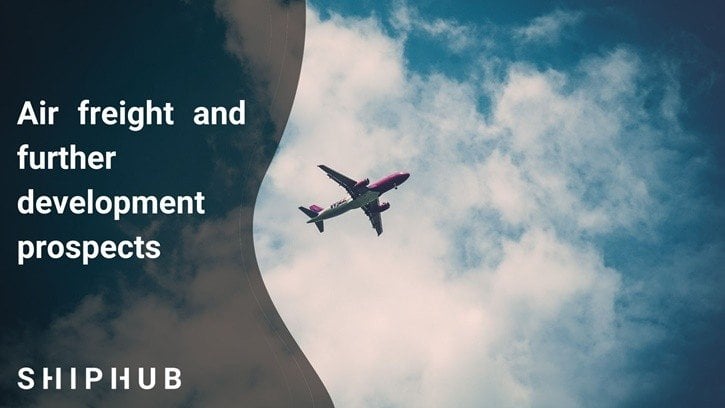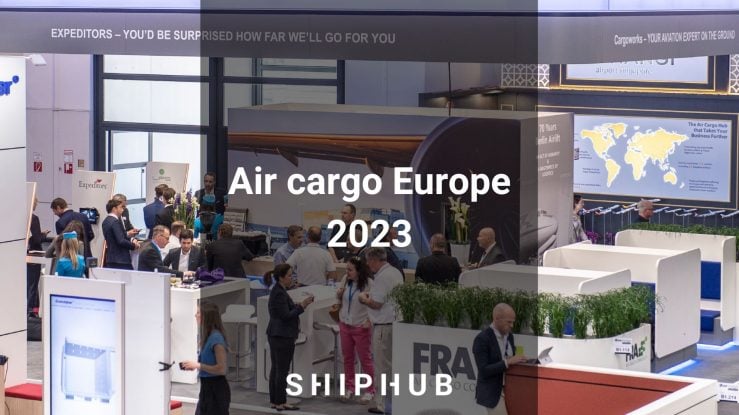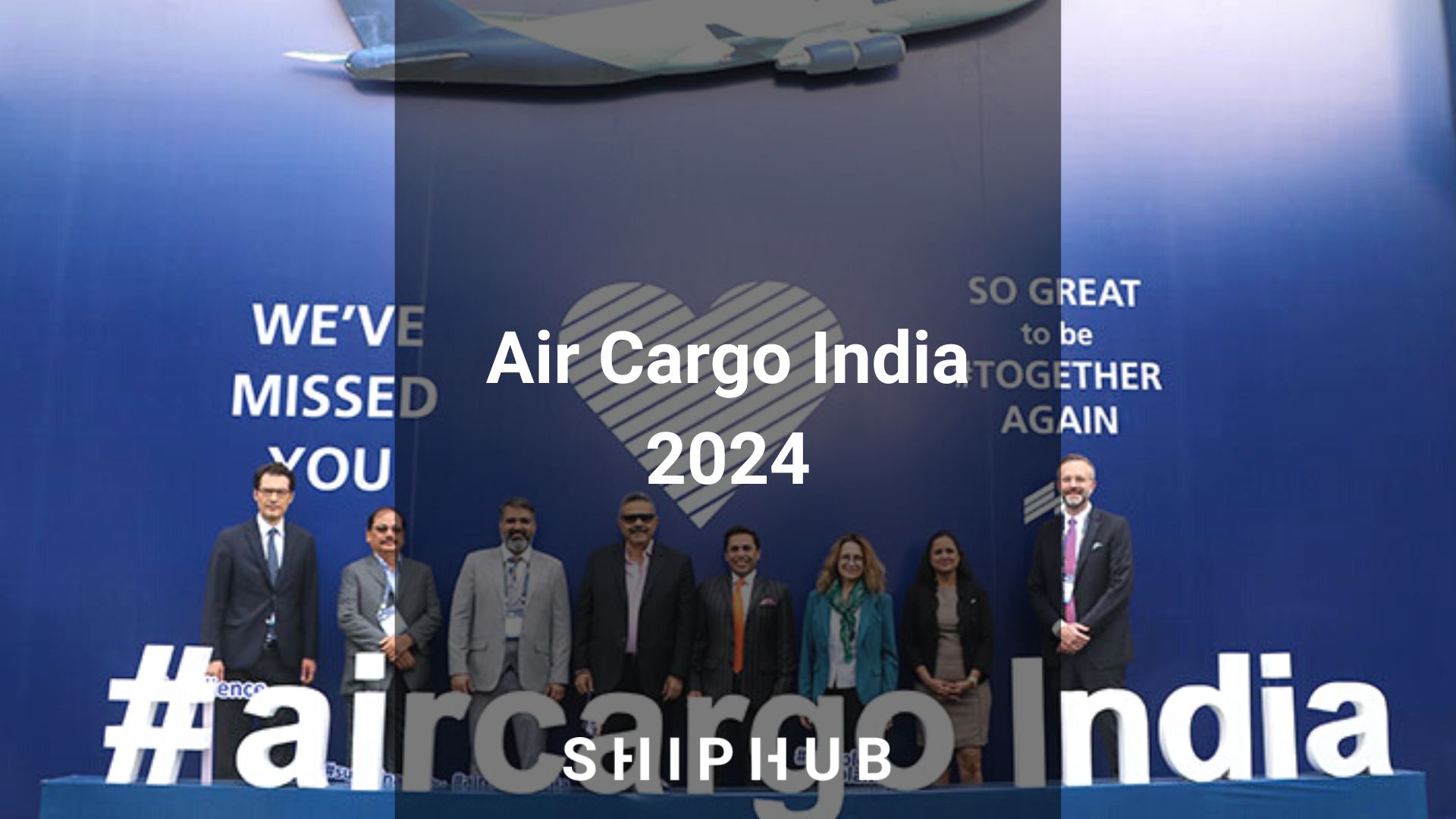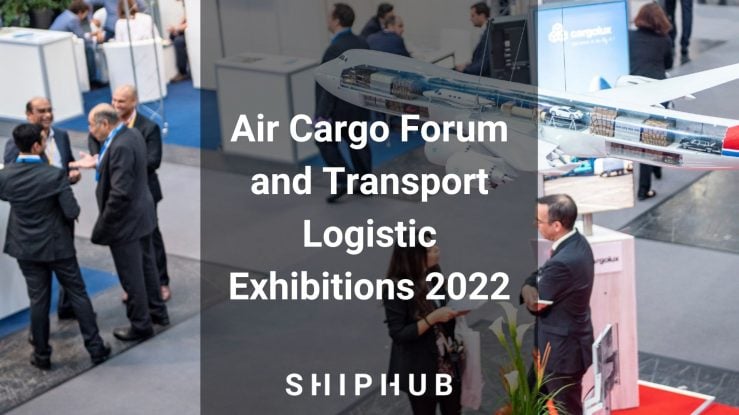Boundary Layer Technologies (BLT) introduced a liquid hydrogen-powered fast vessel. Shipping by this high-speed hydrofoil, Argo, will be twice as cheap as air freight. Will the Argo hydrofoil become an alternative to air freight?
Argo hydrofoil as an alternative for air freight
Boundary Layer Technologies is a California-based start-up specializing in marine technology. The BLT vessel, the Argo hydrofoil, has the potential to replace short-range air freight. Hydrogen that fuels the vessels is to be obtained from renewable sources.


Argo is scheduled to launch in the first quarter of 2025. Schneider Electric, a multinational energy company, and two other companies have expressed an interest in acquiring the hydrofoils.
Comparison of air freight, sea freight and Argo:
Shanghai-Busan:
- air freight: 1.5 days; carbon dioxide emission: 3,331 kg
- sea freight: 7 days; carbon dioxide emission: 133 kg
- Argo: 1.5 days; carbon dioxide emission: 0 kg
Rotterdam-Bilbao:
- air freight: 2 days; carbon dioxide emission: 5,250 kg
- sea freight: 7.5 days; carbon dioxide emission: 210 kg
- Argo: 2 days; carbon dioxide emission: 0 kg
Shanghai-Kobe:
- air freight: 2 days; carbon dioxide emission: 5,181 kg
- sea freight: 7.5 days; carbon dioxide emission: 207 kg
- Argo: 2 days; carbon dioxide emission: 0 kg


Low carbon emissions are the aim of many shipowners. The goal of Boundary Layer Technologies is to reduce global greenhouse gas emissions by at least 1%.
Argo hydrofoil
Specifications of Boundary Layer Technologies’ Argo vessels:
- liquid hydrogen-powered (zero emission solution)
- capacity: 20 TEU
- range: 1,500 nautical miles
- cruise speed: 40 knots (twice the speed of conventional containerships)
- length: 33.5 m (110 ft)
- 50% cheaper than air freight
- berthing/loading or unloading: 2 hours.
Argo can dock not only in a standard container port. Due to its size, the vessel can dock in regional ports, which offers more flexibility regarding the port of origin and destination. Boundary Layer Technologies believes that green hydrogen will be available in the ports to fuel the ships.
Images: boundarylayer.tech/argo






